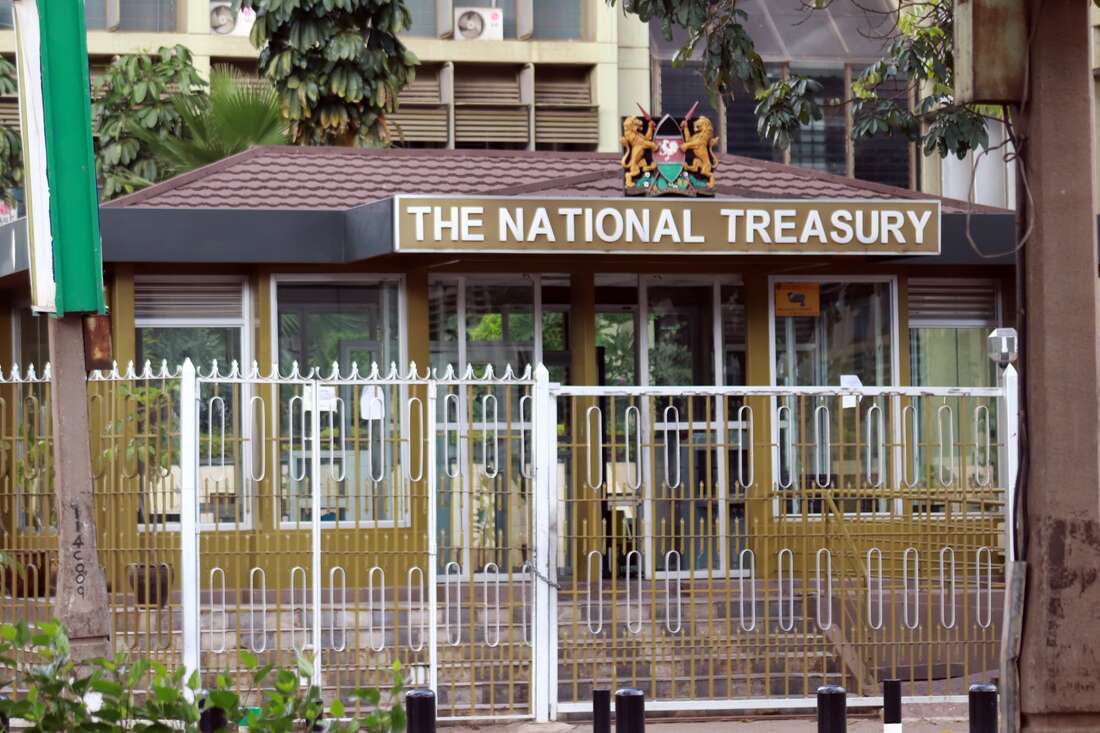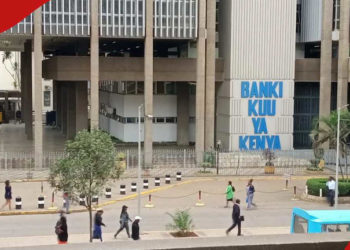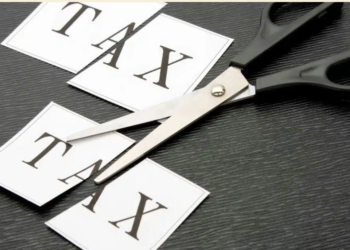Last week marked the third straight week that saw Treasury bills undersubscribed. This time, however, the 56.9 percent under-subscription rate was lower than the previous week’s 84.1 percent and 92.1 percent two weeks ago. This indicates more investors are looking to invest in government securities.
The contention comes in the acceptance rate. Last week, the government accepted only KES 4.52 billion of the KES 13.66 billion in competitive bids from investors. The Central Bank of Kenya, aiming to monitor its debt costs, rejected bids demanding higher rates. How long can the bank keep rejecting high rates, and is that plan sustainable? How long can investors endure rejected bids and hold out for higher rates? What trajectory will rates likely take? Broader economic context is key in analyzing the situation.
Kenya’s inflation rate rose 0.1 percentage points in September to 6.8 percent, up from 6.7 percent the previous month. This stemmed largely from increased fuel costs. More global oil price hikes are expected this month. Given the government’s and Energy and Petroleum Regulatory Authority’s past reactions to costlier oil, another domestic fuel price increase appears likely. That means further inflation.
Read more: UK firm signs deal for Kenya’s largest hydroelectric dam
The Kenyan shilling has also weakened steadily, with no signs of stopping. Its year-to-date depreciation rate so far is 19.3 percent. Last week, the shilling depreciated 0.4 percent to KES 148.2 per U.S. dollar from KES 147.6 the previous week. Despite diaspora remittances and tourism revenue, the current account deficit, government debt payments and dwindling foreign reserves will likely sustain the currency’s slide. That will also affect government bond yields.
Reports of increased spending under President William Ruto’s new administration are another factor. More projects are starting or slated soon under the affordable housing and universal health coverage programs. Funding those financially draining initiatives will pressure the already cash-poor government to raise money.
Higher rates seem probable in coming weeks. The government has shown willingness before to offer high returns on its securities. Given recent and projected inflation, expected fuel cost hikes and the government’s financing needs, the central bank will likely accept investors’ higher bids. This is where investors’ resilience and long-term vision become crucial. The situation presents an opportunity to strategically position themselves, monitor economic changes and harness the potential for greater returns. Staying informed, adapting to market shifts and making well-informed decisions can help investors navigate this standoff and seize prospects from government securities.


















